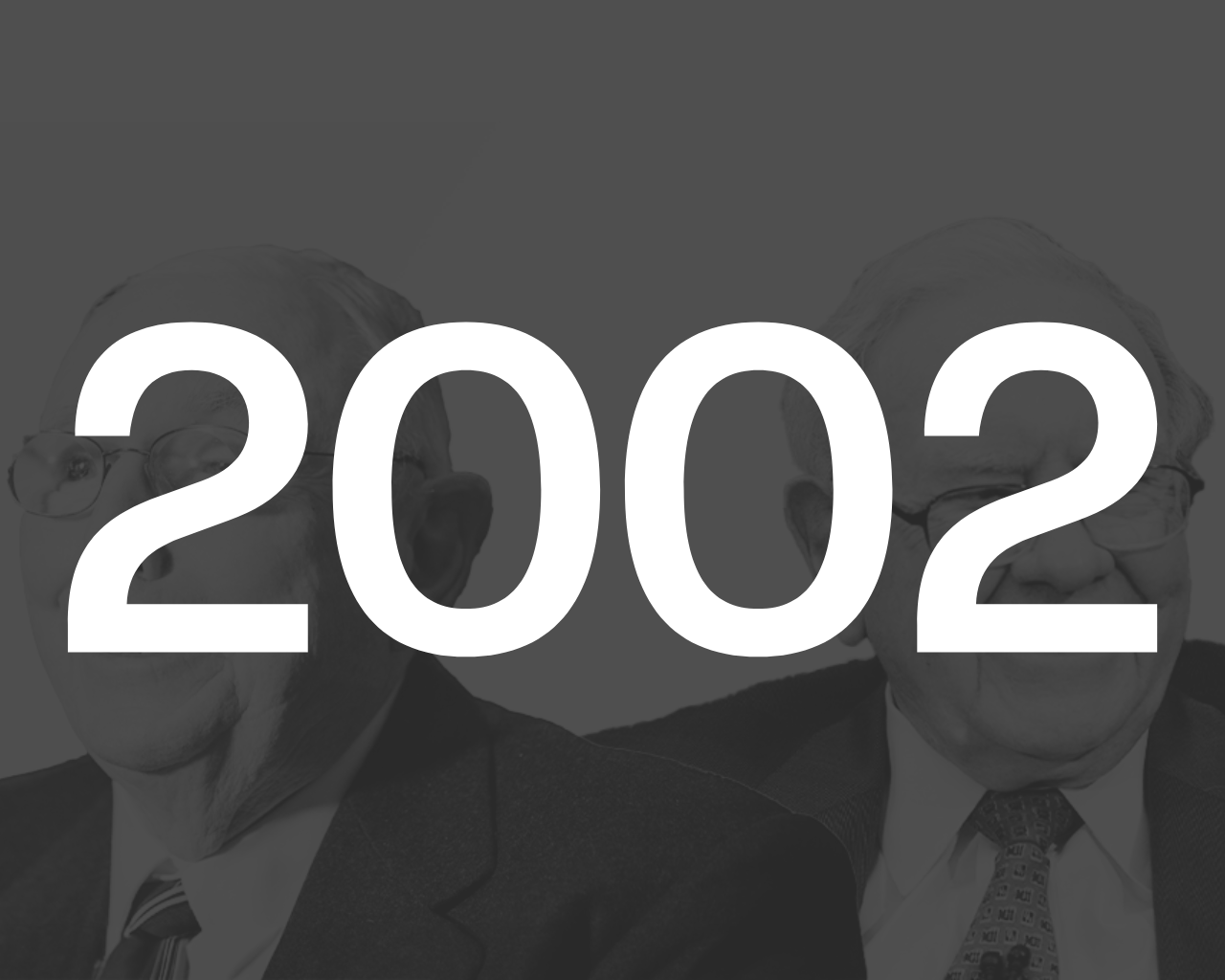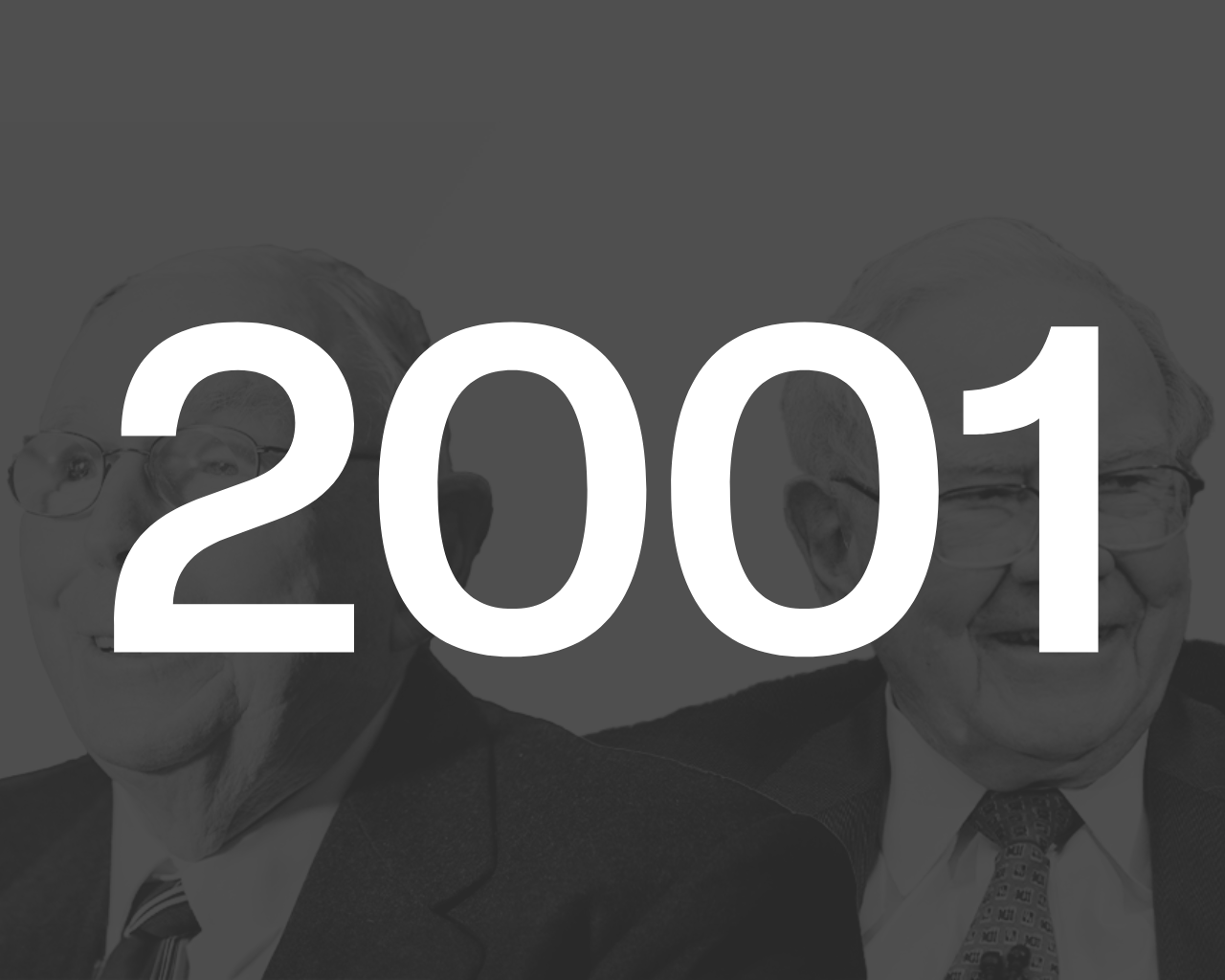1990
Click here to read the letter.🧠 Key Takeaways
Being a low-cost provider is a competitive advantage that allows a company to persevere even in difficult economic environments. Plus, it discourages new competitors who can’t match these cost efficiencies from entering the market.
Owning a stock isn’t just about having a piece of paper that randomly goes up and down in value. It’s a claim on a portion of a company’s earnings. The cheaper that claim, the easier it is to acquire more cash flow.
Instead of chasing hype and momentum, investors should focus on the value of what they’re buying—and low prices brought on by pessimism are typically where the best value is found.
In the same way that following the crowd can be risky, taking a contrarian approach just for the sake of being different isn’t any better. In other words, investing isn’t about emotional reactions to popularity or unpopularity.
Investment products are often pushed not because they’re actually good investments, but because they print money.
✍️ Memorable Quotes
“We attract business nationwide because we have several advantages that competitors can’t match. The most important item in the equation is our operating costs, which run about 18% of sales compared to 40% or so at the typical competitor. Included in the 18% are occupancy and buying costs, which some public companies include in “cost of goods sold.”) Just as Wal-Mart, with its 15% operating costs, sells at prices that high-cost competitors can’t touch and thereby constantly increases its market share, so does Borsheim’s. What works with diapers works with diamonds.”
Borsheim’s, the jewelry company Buffett refers to here, has operating costs of just 18% of sales, far below the average competitor's 40%. This difference allows Borsheim’s to price its products more competitively, which attracts more customers. People will always want to pay the lowest price possible for the things they buy—that will never change.
Being a low-cost provider becomes part of the company’s “moat.”
It’s a competitive advantage that allows the company to persevere even in difficult economic environments. Plus, it discourages new competitors who can’t match these cost efficiencies from entering the market.
“Investors who expect to be ongoing buyers of investments throughout their lifetimes should adopt a similar attitude toward market fluctuations; instead many illogically become euphoric when stock prices rise and unhappy when they fall. They show no such confusion in their reaction to food prices: Knowing they are forever going to be buyers of food, they welcome falling prices and deplore price increases. (It’s the seller of food who doesn’t like declining prices.)”
The quote here touches on an idea that’s challenging for many investors to wrap their heads around, myself included.
Here, Buffett is saying that if you plan to be an asset collector, market fluctuations should be welcomed—not feared or overly celebrated. But that’s extremely difficult to come to terms with.
After all, isn’t the goal of investing to see your holdings increase in value? Doesn’t it feel almost upside down to hope for falling prices?
Absolutely! But consider Buffett’s comparison to food prices: when buying groceries, you would naturally prefer to buy them cheaper. It may seem counterintuitive, but buying stocks is no different.
Cheaper prices mean you can buy more shares of quality businesses for less money, but it’s not uncommon to disregard this common sense when it comes to investing. Instead, we celebrate when share prices rise and freak out when they fall.
Going back to the quote, I think this points to a deeper takeaway about how Buffett views investing in stocks.
To him, owning a stock isn’t just about having a piece of paper that randomly goes up and down in value. It’s a claim on a portion of a company’s earnings. The cheaper that claim, the easier it is to acquire more cash flow.
Buffett’s strategy is about building long-term wealth through the cash flow these companies generate, rather than the temporary ups and downs of their share prices. That’s why his favorite holding period is forever.
When Buffett sees prices fall, he sees more potential to build his ownership in high-quality, cash-flow-generating businesses—making a downturn feel more like a sale than a setback.
“The most common cause of low prices is pessimism - sometimes pervasive, sometimes specific to a company or industry. We want to do business in such an environment, not because we like pessimism but because we like the prices it produces. It’s optimism that is the enemy of the rational buyer.”
Buffett doesn’t look forward to pessimism in the market because he enjoys negativity but because it creates a fertile ground for finding cheap stocks.
When markets are pessimistic (or fearful), investors are more tempted to sit on the sidelines because they’re afraid of further declines. But Buffett flips this around—he sees low prices as a unique buying opportunity.
On the other hand, when prices are high, optimism (or greed) typically rules the market, and Buffett argues that optimism is an enemy to buyers of stocks. In an optimistic market, share prices are more likely to be inflated, reducing your margin of safety and making it harder to buy high-quality businesses at desirable prices.
Overall, Buffett’s thought process here is that instead of chasing hype and momentum, investors should focus on the value of what they’re buying—and low prices brought on by pessimism are typically where the best value is found.
“None of this means, however, that a business or stock is an intelligent purchase simply because it is unpopular; a contrarian approach is just as foolish as a follow-the-crowd strategy. What’s required is thinking rather than polling. Unfortunately, Bertrand Russell’s observation about life in general applies with unusual force in the financial world: ‘Most men would rather die than think. Many do.’”
In the same way that following the crowd can be risky, taking a contrarian approach just for the sake of being different isn’t any better. In other words, investing isn’t about emotional reactions to popularity or unpopularity.
Instead, Buffett says you should be willing to go in whichever direction the facts point you to. For him, the focus is always on the actual operational performance of the business, its cash flow potential, and its intrinsic value—not where it stands in the court of public opinion.
“As usual, the Street’s enthusiasm for an idea was proportional not to its merit, but rather to the revenue it would produce. Mountains of junk bonds were sold by those who didn’t care to those who didn’t think - and there was no shortage of either.”
Here, Buffett is talking about the junk bond craze of the 1980’s, where bonds of questionable quality were aggressively sold by Wall Street cronies who didn’t care about their long-term viability, to investors who didn’t do their due diligence.
This is a persistent problem in the financial industry. Investment products are often pushed not because they’re actually good investments, but because they print money.
This same cycle still occurs with the investment products we see today, like TSLY and the other YieldMax funds. Many investors flock to these funds for the ridiculous yields they advertise without really understanding the risks, or how the funds even generate those yields in the first place.
For the companies that create these products, whether or not they will perform well over time or do what they advertise is beside the point. These companies know that there are people who simply can’t resist those high yields, even if they are unsustainable.
Their focus is on selling what will attract buyers, even if the end result doesn’t turn out so well for the buyer. Meanwhile, the buyer thinks they’re getting a free lunch with yields so high, but you know what they say about those.




Memorable quotes and key takeaways from the 2003 Berkshire Hathaway shareholder letter.